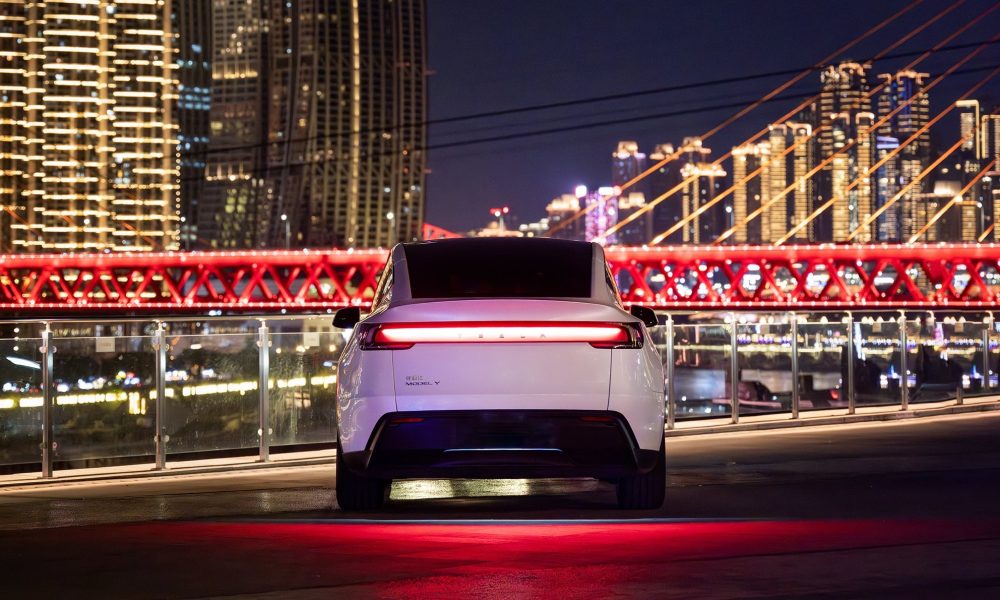Firefighters from across Germany recently gathered at Tesla Gigafactory Berlin-Brandenburg to practice emergency procedures on electric vehicles. The first training session last weekend focused on dismantling Tesla vehicles using spreaders, shears, and saws, giving responders hands-on experience with modern EV construction and safety features.
The sessions were aimed at improving emergency services for accidents involving electric vehicles, which, while less likely to catch fire than conventional cars, require special handling.
Challenges for first responders
During the exercises, firefighters discovered that Tesla vehicles’ sturdy, unified body panels, which are among the reasons why they are among the safest cars on the road, made cutting doors and roofs more difficult than in older vehicles, as noted in an rbb24 report.
“It was a real eye-opener,” firefighter Martin Haschick said, adding that his first attempt showed him “how not to do it, because we are also trained on older vehicles, and that took longer than I expected.” Tesla trainers demonstrated proper techniques to safely dismantle vehicles, emphasizing differences between older combustion-engine cars and today’s EVs.
Patrick Fath, head of the Tesla plant fire brigade, explained that hands-on experience with current EVs is critical, as scrap cars typically used in training do not reflect modern material strengths or technological design.
“They naturally have a completely different level of technology and different material strengths. But what can happen to us in everyday life – on the highway, on the roads, involves modern vehicles,” Fath stated.
Future training programs
Tesla plans to continue offering training for regional fire departments and state fire service schools, with the Brandenburg Ministry of the Interior observing the initial sessions to provide feedback. Exercises currently avoid live fires or fluid leaks due to the factory’s location in a drinking water protection zone. Tesla covers the costs of these programs, aiming to enhance first responders’ knowledge of modern EV safety and accident procedures.
In a comment, Fath highlighted that electric vehicle fires should not be too much of a problem, considering that the vehicles don’t catch fire as often as their combustion-powered counterparts. “Studies and experience from recent years have already shown that electric vehicles catch fire far less often than conventional vehicles. We have far fewer flammable materials, no gasoline or diesel tank, and therefore fewer ignition sources,” Fath stated.
Authorities have announced similar conclusions. The German Insurance Association (GDV) has confirmed that EVs catch fire significantly less often than combustion-powered cars, with statistics showing that around 14,200 vehicles caught fire in Germany in 2023. At the time, no higher fire risk was found in EVs. Data from the US National Transportation Safety Board (NTSB) from 2024 also showed that about 25 out of 100,000 EVs catch fire, which is notably fewer than the 1,530 out of 100,000 combustion-powered vehicles that catch fire.









